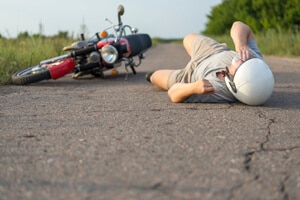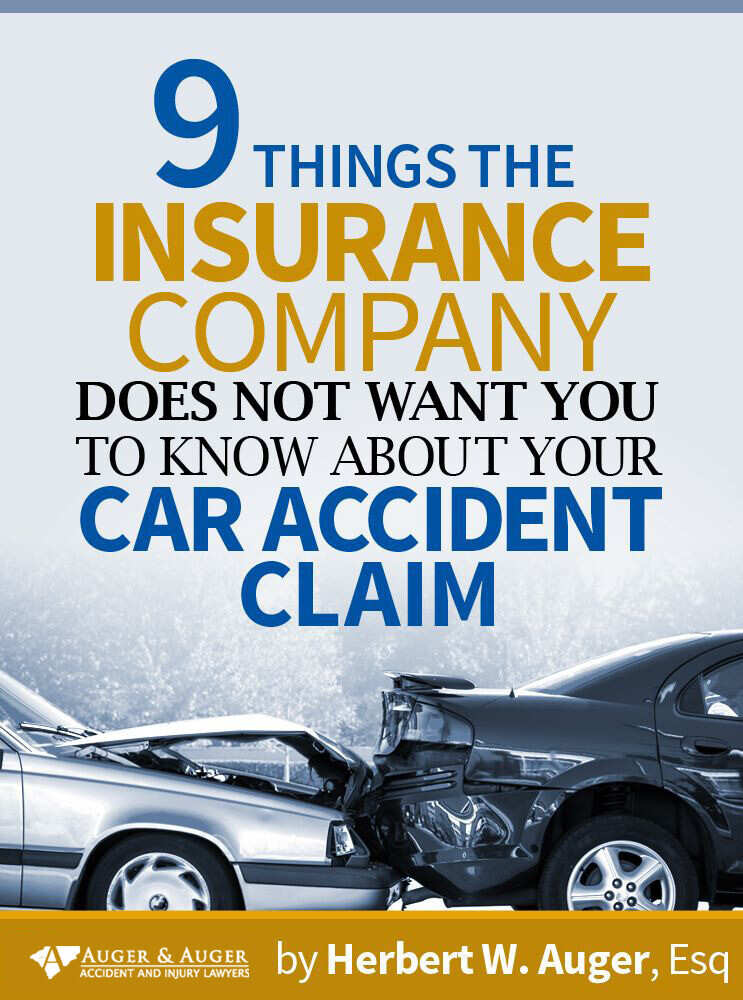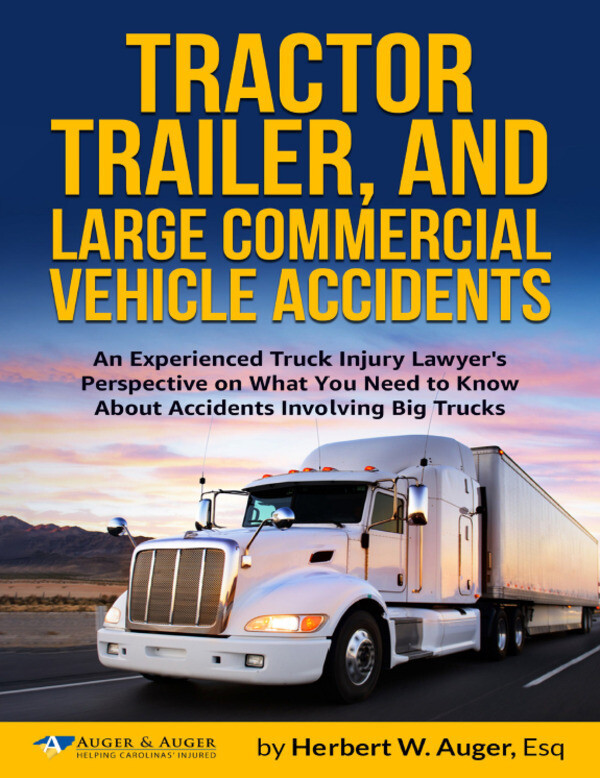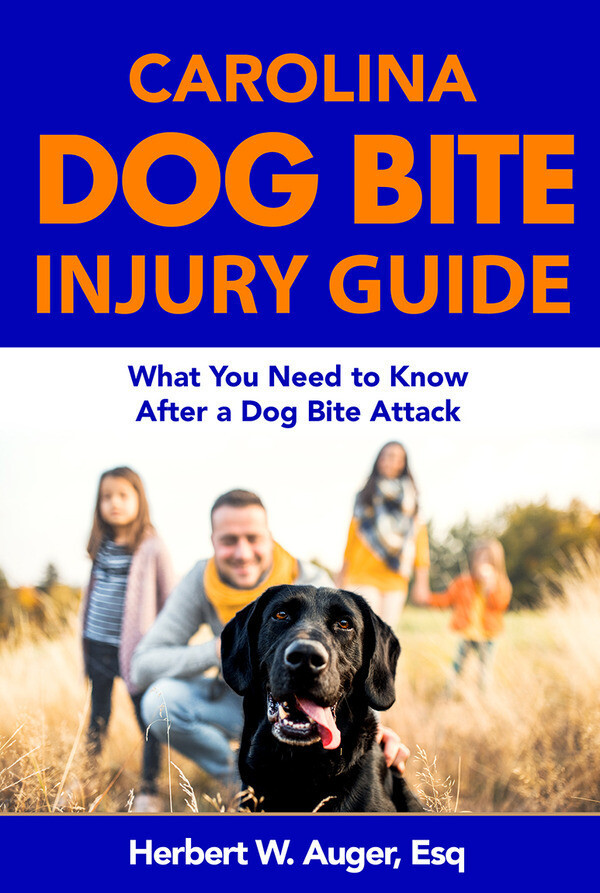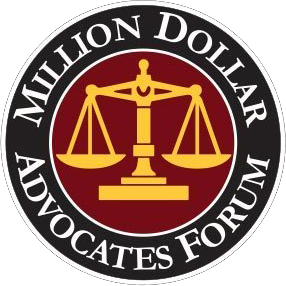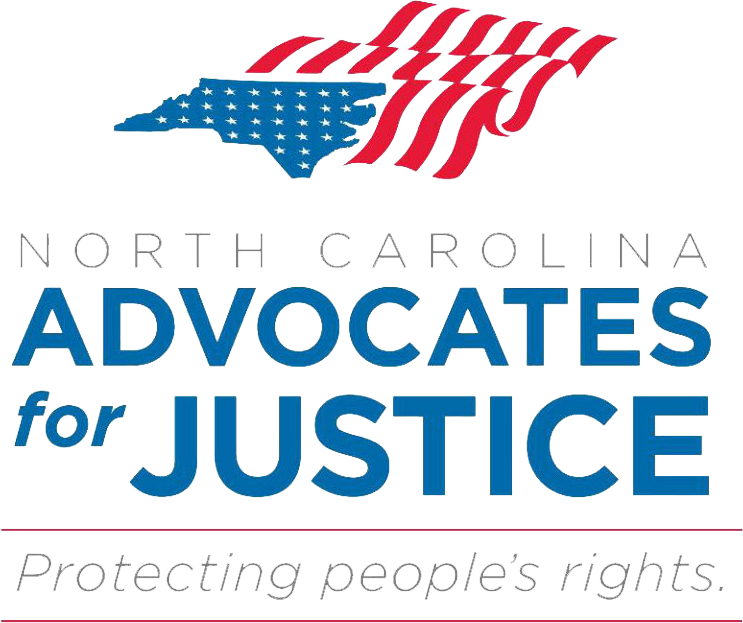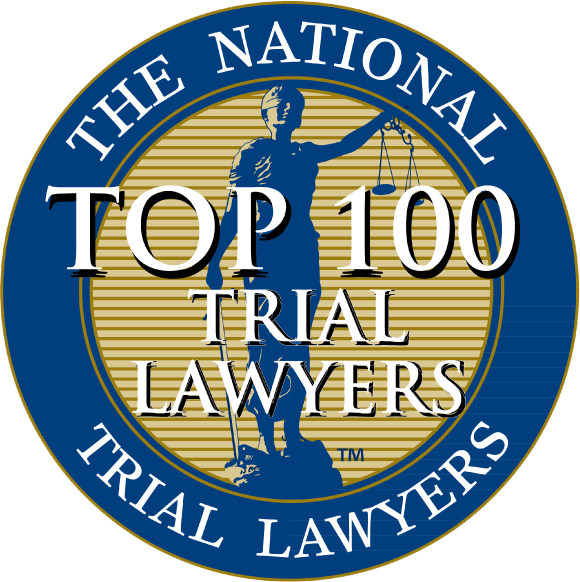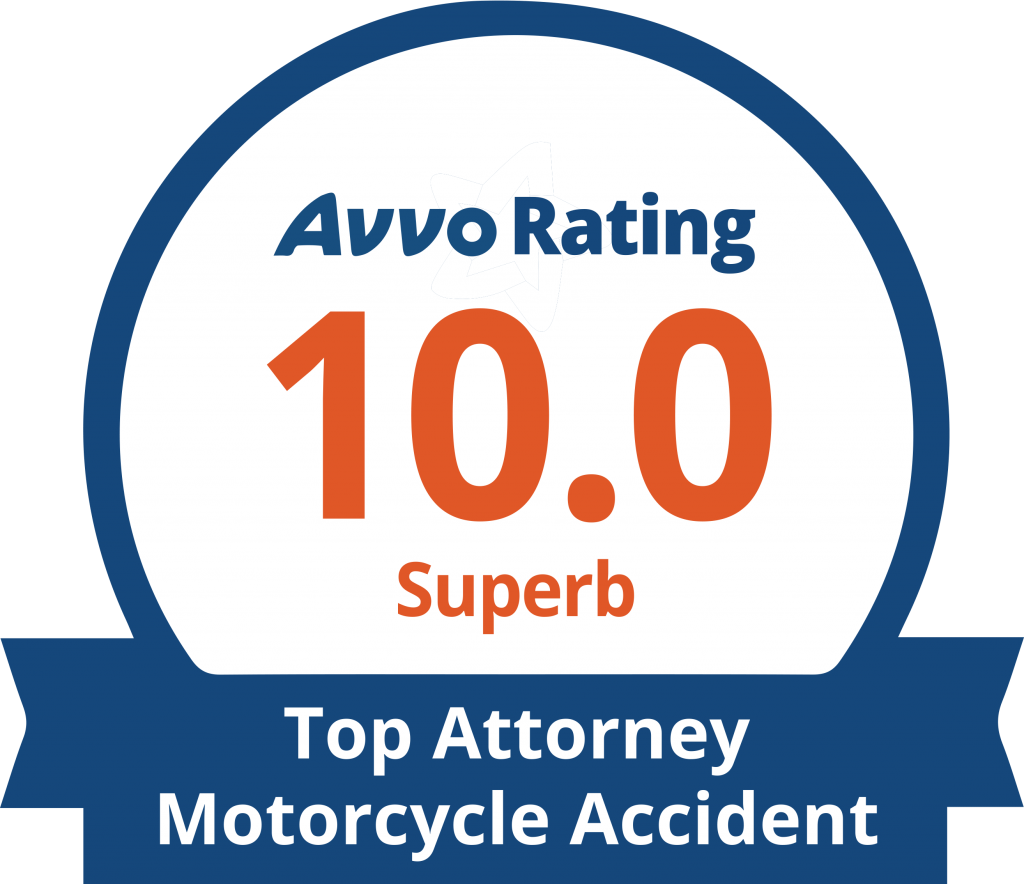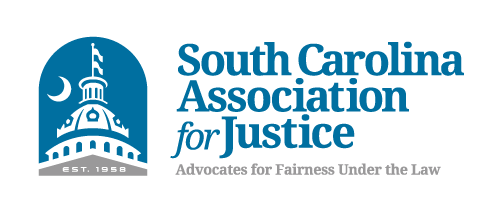Do I have a case if I was in a no-contact accident due to a car forcing my motorcycle off the road?
Depending on the circumstances, yes, you could potentially have a case in this situation. First, let’s take a look at how no-contact accidents transpire, then we’ll discuss the challenges of proving your case.
Sometimes motorcycle accidents occur when a bike goes off the road and crashes, often into a stationary object like a tree or fence. On the surface, this may appear to be a single-vehicle accident – a term for a wreck that happens when the driver loses control of their vehicle for any reason and crashes. These accidents can happen for a variety of reasons – inclement weather, debris on the road, driver error, or even an encounter with wildlife like deer. But there is another very common situation that can cause a bike to crash without hitting another vehicle – a no-contact motorcycle accident.
A no-contact accident is the result of a driver in a second vehicle, like a car, truck, or in some cases, another bike, taking actions that force the biker off the road. Here are some ways that no-contact accidents happen:
- Distracted driving can be a menace to everyone – especially motorcyclists. A driver who is looking at their phone or digging in a fast food bag can easily drift or swerve out of their own lane, coming dangerously close to a motorcyclist. This may cause the biker to swerve to avoid them. As a result, the biker may go off the road, hitting a sign, guard rail, wall, or other stationary objects.
- Forgetting to check blind spots is another potential cause. Sometimes the driver may have their eyes on the road and pay attention to their driving, but they may still forget to check their blind spots before turning or getting over into another lane. This could lead to turning in front of a motorcycle, and the biker again swerving to get out of the other vehicle’s way, leading to a crash.
- Running a red light is another issue. It’s easy for drivers to miss a motorcyclist when approaching an intersection, due to the relative size of the bike. Adding reflective items and driving with the lights on can help, but drivers may still overlook the motorcycle. As a result, they think no one is coming as they approach the red light, and decide it’s okay to run it. The motorcyclist then has to brake or swerve to avoid the other vehicle, which can cause a wreck.
- Tailgating is a very dangerous practice in general. Drivers should never tailgate, but it can be even more problematic when they tailgate a biker. If you feel they’re too close, you may try to take evasive action like speeding up or cutting away to take a shortcut, and this can cause a crash as you go off the road.
So Can I Sue The Other Driver Who Caused My Accident?
Yes. You can make a claim on their insurance or sue them directly. However, as with any personal injury lawsuit, if you want to win you will need to provide some evidence that they were at fault – entirely. North Carolina uses contributory negligence statutes, which state that a plaintiff in a personal injury case cannot collect damages if they are found to have contributed to the accident at all, even by just one percent.
As a result, the insurance company and/or the other driver are likely to argue that you contributed to the crash in some way, in an effort to avoid paying your claim. If you’ve already made a claim on the other driver’s insurance, you may know this already. Getting a “claim denied” letter can be irritating, but resist the urge to fight it yourself. Instead, call a North Carolina motorcycle accident attorney right away. They will have the knowledge and experience to advise you on the best way to approach your case.
Proving A No-Contact Motorcycle Accident Case
Whether you have filed a claim with the other party’s insurance yet or not, you should discuss your case strategy with a lawyer. In personal injury cases, it is necessary to prove that:
- The other driver had a duty of care to drive responsibly and safely. This part is fairly simple since everyone on the road is supposed to drive carefully and do their best to avoid accidents.
- The other driver failed in this duty of care by acting negligently in a way that most reasonable people wouldn’t.
- You got into an accident and suffered an injury as a result of the other party’s negligence.
Some parts of proving your case may be more difficult with a no-contact accident than with a contact crash. First, you’ll need to figure out how to prove the other driver caused your accident when they never struck your bike. This is something your lawyer will discuss with you when going over the specifics of your accident, but here are some things to think about:
- First, you have to identify the person who caused your crash. Did you get their license plate number? Did they stick around after the accident and give a statement to law enforcement? If not, there’s a good chance the police may not be able to identify and find them. However, your attorney may have investigators who can look into the matter further, knocking on doors and talking to witnesses.
- Assuming you know who was in the other vehicle, you’ll move on to the facts of the accident. You remember what happened, but how do you prove it? Again, your attorney will probably send someone to re-interview any witnesses who were at the scene. This investigator may also ask around the neighborhood in case there are additional witnesses missed in the early investigation.
- Your lawyer will also consider electronic surveillance and the possibility that the accident was captured on video somewhere. Most likely, the police will check any traffic cameras nearby, but sometimes they get busy. Your lawyer can request these records and go over the video in detail.
- Not every area has traffic cameras nearby, but this may not be the end of the story. Your attorney’s investigators can check with people who live or work in the neighborhood, not just to see if they witnessed anything, but also to check if they have a doorbell camera or security camera on their property that may have captured some or all of the accident.
- Any photos taken of the crash scene right after it happened may be helpful. Again, there may be photos out there that could add to your understanding of the accident.
- Your lawyer may also go over electronic data from your bike and may ask a judge for permission to view data from the other party’s car. This could reveal info such as how fast both vehicles were going, where they were in relation to each other, how close the other vehicle got to your motorcycle, how and when your bike changed trajectory and more.
To help with this process, you should write down everything you can remember about the crash as soon as you can. Memories can fade faster than most people realize. If you can recall potential witnesses at the scene but don’t know their names, that’s okay. Write down their description and any other details you can recall – “He was walking a small gray dog,” “She was putting golf clubs in the backseat of a blue Buick,” etc. These details may be helpful to any investigators working on the case.
Once your lawyer has located as much evidence as possible and built a case around it, they will need to prove your injuries. This part is usually a little easier. Your attorney will probably start by going over your medical records related to the accident. They will also need any bills related to your care, and records of any time you lost at work and sick days you had to take to deal with your injuries. This will help them determine how badly you were injured and how much you should ask for in compensation. You can seek damages for:
- Medical bills and expenses, including hospital bills, follow-up doctor visits, outpatient care like physical therapy, transportation costs if you need to travel to see a specialist, in-home care, in-patient care in a rehabilitation facility, mobility aids like crutches or a wheelchair, etc. If you need continued treatment, your lawyer will also factor in future expenses.
- Lost time at work. They say time is money, and being in the hospital with injuries after an accident can be expensive even before you get the hospital bill. If you don’t have much or any paid time off for any reason, every day you’re out of work is costing you money. Even if you do get paid time off, using it after your crash means you can’t use it in the future, so you’ve essentially lost X dollars in paid time off due to the crash. You deserve compensation for that too.
- Future loss of earnings. If your injuries have left you with a permanent disability or chronic pain issue that prevents you from returning to work indefinitely or permanently, you can also seek damages for lost earning potential.
- Pain and suffering. Both physical and mental pain are considered here. Accidents can be very traumatic, and it’s common for accident victims to experience anxiety, difficulty sleeping, depression, symptoms of PTSD, or other mental health struggles following a crash. These symptoms may also be related to your physical pain and difficulties, which you should seek damages for as well.
- Punitive damages. These aren’t as common, but in rare cases, a judge or jury may award them in order to punish the defendant more severely. Typically this only happens if the defendant was willfully or recklessly negligent and their behavior was especially disturbing.
Will I Have To Go To Court To Testify?
You don’t have to, but in most cases, your lawyer will probably recommend that you do. It can help the jury to hear about your experience in your own words, from the accident itself to the aftermath of your injuries. Additionally, your testimony may fill in any gaps in the evidence. If you do decide to testify, your attorney will ensure that you’re prepared by going over potential questions you’re likely to be asked by the defendant’s attorney. They want you to feel comfortable and ready when you take the stand.
Keep in mind that the question of whether or not you will testify will only come up if your case actually goes to trial. Most personal injury claims settle out of court, meaning that your lawyer will negotiate with the other party’s attorney to reach a settlement that provides you with the compensation you need to move on with your life. If they are able to come to an agreement that works for you, there will be no need for anyone to testify. This is the most likely outcome. However, in a few cases, the other party simply won’t agree to a fair settlement, and the case proceeds to trial. If that happens, your attorney will be there to argue your case and answer your questions throughout the trial.
How Do I Find Out If There Is Enough Evidence To Prove My Case?
Not knowing what will happen next or how you will take care of your expenses after an accident can be scary. If you’ve been in a no-contact motorcycle accident and believe another party is responsible, you have nothing to lose by speaking with a lawyer and learning your options for seeking compensation. An attorney from Auger & Auger Accident and Injury Lawyers can help you with filing your claim and, if necessary, a lawsuit against all potentially liable parties. They will explore all of the current legal options for helping you obtain the maximum amount of compensation available under the law.
To talk with one of our motorcycle accident lawyers for free during your no-obligation initial case evaluation, call us now at 800-559-5741 or contact us online.
